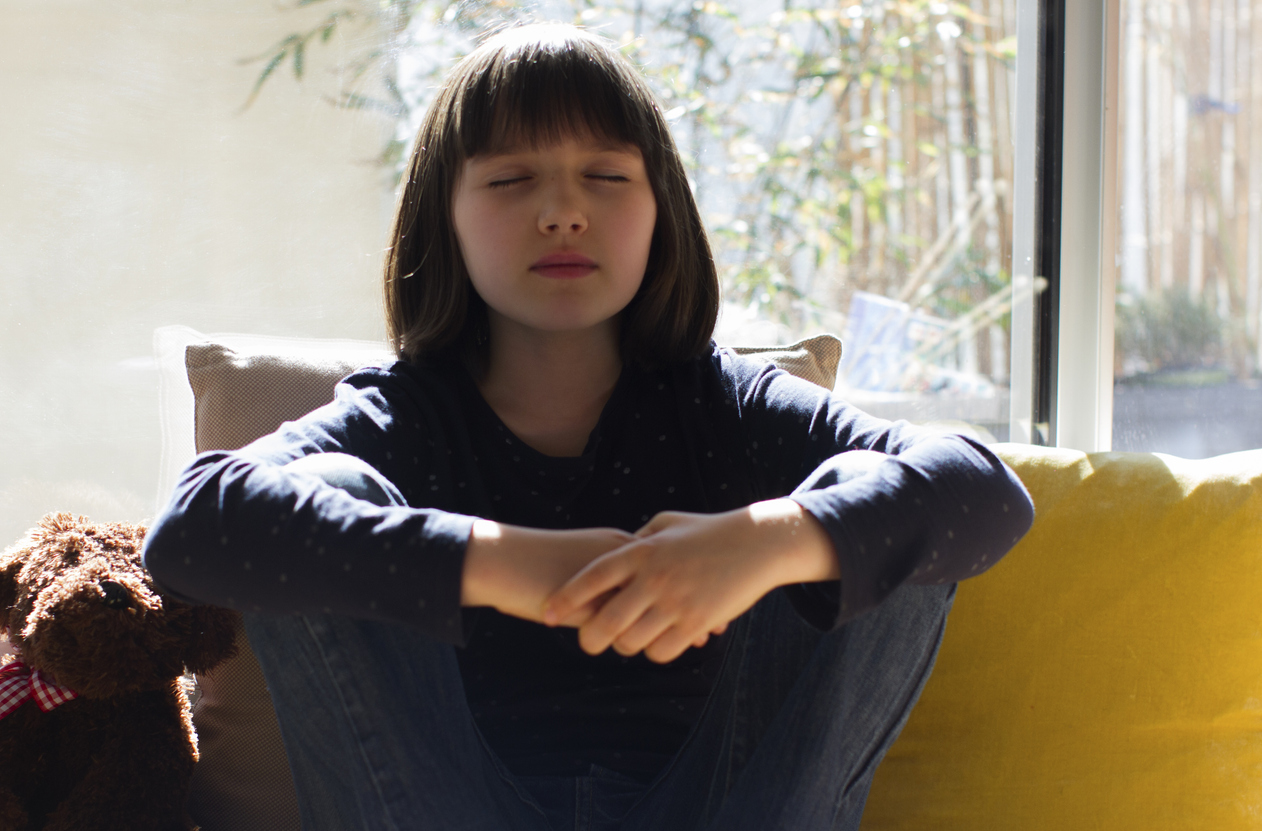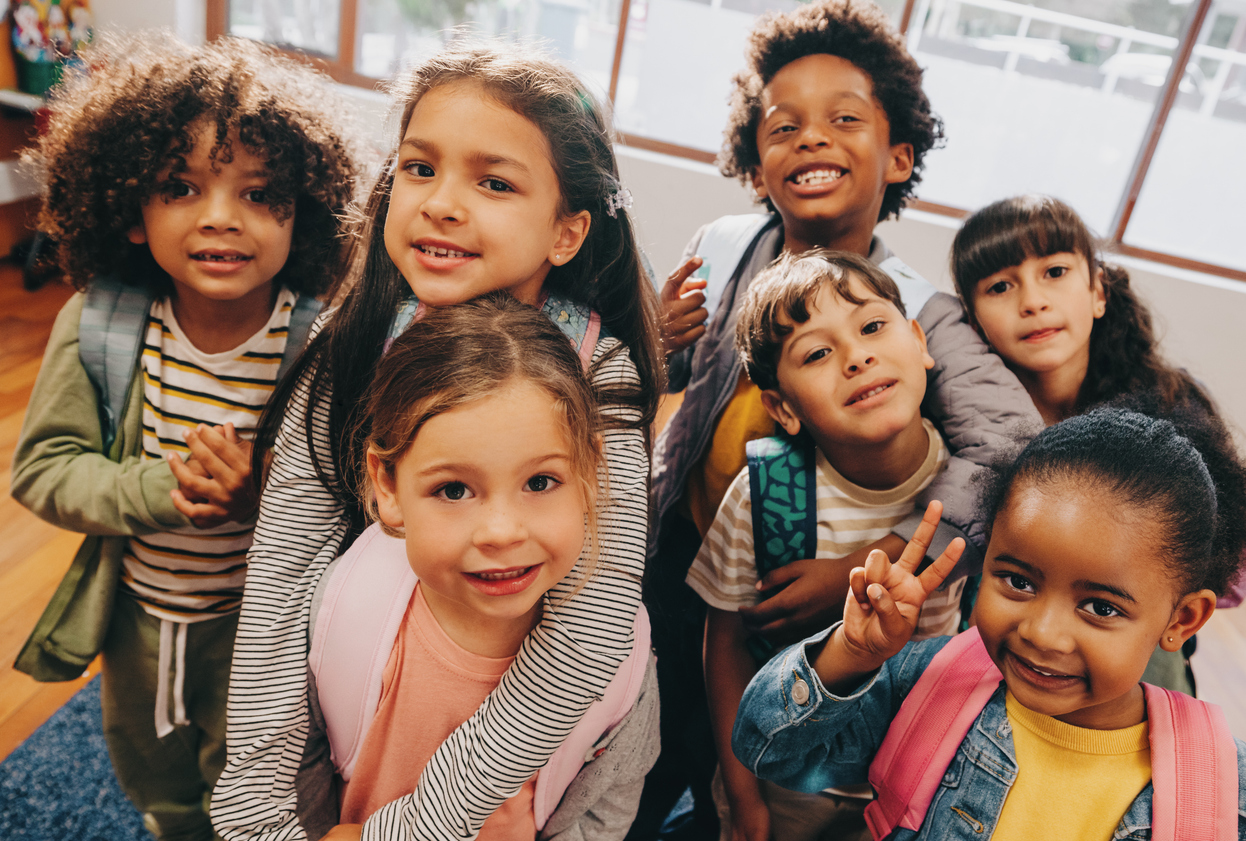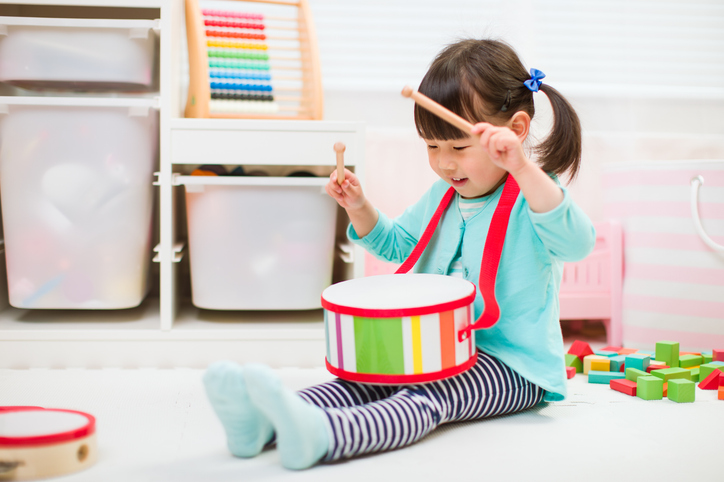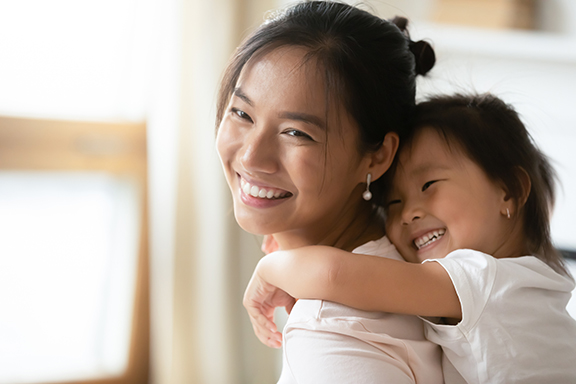White Children and Race
Adapted from: White Fragility: Why It’s So Hard For White People To Talk About Racism by Robin DiAngelo. Beacon Press, 2018.
I am white and have been educating other white people about the meaning of race in our lives for the past 20 years. “How do I raise my children not to be racist?” is one of the most common questions I am asked by white parents.
First, we need to understand that children notice race very early, and they also notice the differential value assigned to race. For example, research over the past two decades indicates that children are vastly more sophisticated in their awareness of racial hierarchies than most people believe. A sense of white superiority and knowledge of racial power codes appear to develop as early as preschool. Even when race is not explicitly discussed, children internalize both implicit and explicit messages about it from their environment.
Racial Messages From an Early Age
In one study, Monteiro, de Franca & Rodrigues (2009) tested 283 white children aged 6 to 7 and 9 to 10. The children were asked to allocate money to white and black children, sometimes with a white adult in the room and sometimes without an adult in the room, to see if having an adult present impacted their behavior. They found that the 6- to 7-year-old children discriminated against black children in both conditions, and the 9- to 10-year-old children discriminated against the black children only when the white adult was not present. This is significant because it shows the older children clearly had racial prejudice and acted on it, but hid it when a white adult was present. Thus, the children showed that they did not become less racially biased with age, but that they had learned to hide their racism in front of adults.
Van Ausdale & Feagin (2001) found racial hostility in white children as young as 3 years old. This shouldn’t be surprising, as society sends constant messages that to be white is better than to be a person of color. These messages operate on multiple levels and are conveyed in a range of ways. For example:
- White centrality in textbooks and other curricular materials, media and advertising;
- Teachers, role models, heroes and heroines who all reflect the white population and perspective;
- Three centuries of African enslavement and genocide toward Indigenous people treated as mere sidebars in history textbooks;
- Everyday discussions about “good” neighborhoods and schools and the racial makeup of these locations;
- The return to pre-integration levels of racial segregation in schools and neighborhoods;
- Norms and standards of beauty that emphasize blonde (or at least straight) hair, blue eyes, slim hips, narrow noses and almond-shaped eyes;
- Popular TV shows centered around friendship circles that are all white, even when they take place in racially diverse cities such as New York;
- Newscasters referring to any crime that occurs in a white neighborhood as “shocking”;
- The reality that most white people do not have cross-racial friendships, especially with black people; and
- The lack of a sense of loss about the absence of people of color in most white people’s lives.
- “Backstage” Performances
We are also surrounded by friends and family who often make direct comments and jokes about people of color. For example, despite the claims of many white young adults that racism is in the past and that they were taught to see everyone as equal, research shows otherwise.
Picca and Feagin conducted an important study published in 2007. They asked 626 white college students at 28 different colleges across the United States to keep journals recording every instance regarding racial issues, images and understandings that they observed or were part of over the course of six to eight weeks. They received over 7,500 accounts of blatantly racist comments and actions by the white people in their lives (friends, families, acquaintances, strangers). These accounts come from the generation most likely to claim they were taught to see everyone as equal. This study provided empirical evidence that racism continues to be explicitly expressed by whites, even those who are young and profess to be progressive. In “backstage” settings, in which people of color were not present, white students often used humor to reinforce racial stereotypes about people of color, particularly blacks, and occasionally made blatantly racist comments.
Picca and Feagin argue that the purpose of these backstage performances is to create white group solidarity and to reinforce the ideology of white and male supremacy. This behavior keeps racism circulating, albeit in less formal but perhaps more powerful ways than in the past. Yet most white parents and teachers believe that children are colorblind. This false belief keeps us from honestly addressing racism with children.
Shush!
To illustrate an early lesson in white racial framing, imagine that a white mother and her white child are in the grocery store. The child sees a black man and shouts out, “Mommy, that man’s skin is black!” Several people, including the black man, turn to look. How do you imagine the mother would respond? Most people would immediately put a finger to their mouth and say, “Shush!” When white people are asked what the mother might be feeling, most agree that she is likely to feel anxiety, tension and embarrassment.
Indeed, many of us have had similar experiences wherein the message was clear: we should not talk openly about race. When I use this example with my students, sometimes a student will say that the mother is just teaching her child to be polite. In other words, naming this man’s race would be impolite. But why? What is shameful about being black—so shameful that we should pretend that we don’t notice? The mother’s reaction would probably be the same if the man had a visible disability of some kind or was obese.
Now imagine that the child had shouted out how handsome the man was, or how strong. These statements would probably be met with chuckles and smiles. The child would not likely be shushed, because we consider these statements compliments.
The example of a child’s publicly calling attention to a black man’s skin and embarrassing the mother illustrates several aspects of white children’s racial socialization. First, children learn that it is taboo to openly talk about race. Second, they learn that their parents feel certain aspects (a large birthmark on someone’s face, a person using a wheelchair) define some people as less valuable than others, and that they should pretend not to notice these “undesirable” aspects.
These lessons manifest themselves later in life, when white adults drop their voices before naming the race of someone who isn’t white (and especially so if the race being named is black), as if blackness were shameful or the word itself were impolite. If we add all the comments we make about people of color privately, when we are less careful, we may begin to recognize how white children are taught to navigate race.
How We Practice Our Lives
In answer to the question of what parents can do, we should not assume that children don’t notice race. We also need to understand that telling children that everyone is the same denies the reality of a racially unequal society. What does it mean to say that we are equal, yet live separately from one another? The practice of our lives is a much more powerful influence on our children than the words that we say. But perhaps the most foundational way to help your children think critically about race is to be able to think critically about it ourselves. Do you live a segregated life (as do most white people) in terms of neighborhoods, schools and friendship circles? If so, you will need to find ways to engage in an ongoing and lifelong process that includes continuing education, building relationships across race, breaking white silence, and other risk-taking. There are myriad resources to guide us, but we must take the initiative and seek them out.
This is the same guidance I offer to teachers, as most teacher education programs do not prepare white teachers to engage with issues of racism. In addition, teachers need to understand that there is a long and deep history of harm between schools and children of color; we have not done well by children who are not white. Yet I have seen many white teachers take umbrage when parents of color suggest they might be biased against their children. While we tend to see ourselves as individual teachers, parents of color see us as white teachers. Rather than expect parents of color to trust us, we can take their concerns seriously and work to earn their trust.
Remember, white parents and teachers have received the same racial conditioning as white children do. As we gain a more complex and nuanced understanding of how this conditioning shapes our lives and begin to challenge it, we will convey our deepening understanding to the children we raise.
Works Cited
Monteiro, MB, et al. The Development of Intergroup Bias in Childhood: How Social Norms Can Shape Children’s Racial Behaviours. International Journal of Psychology, vol. 44, no. 1, February 2009, pp. 29-39.
Picca, Leslie Houts, and Joe R. Feagin. Two-Faced Racism: Whites in the Backstage and Frontstage. Routledge, 2001.
Van Ausdale, Debra, and Joe R. Feagin. The First R: How Children Learn Race and Racism. Lanham, Md.: Rowman & Littlefield Publishers, 2001.
Robin DiAngelo, Ph.D., writes, speaks and conducts training sessions on racial and social justice. She was a speaker at the 2018 NYSAIS Admissions and Placement Directors Conference. Dr. DiAngelo is the author of several books, including the recent White Fragility: Why It’s So Hard For White People To Talk About Racism.











